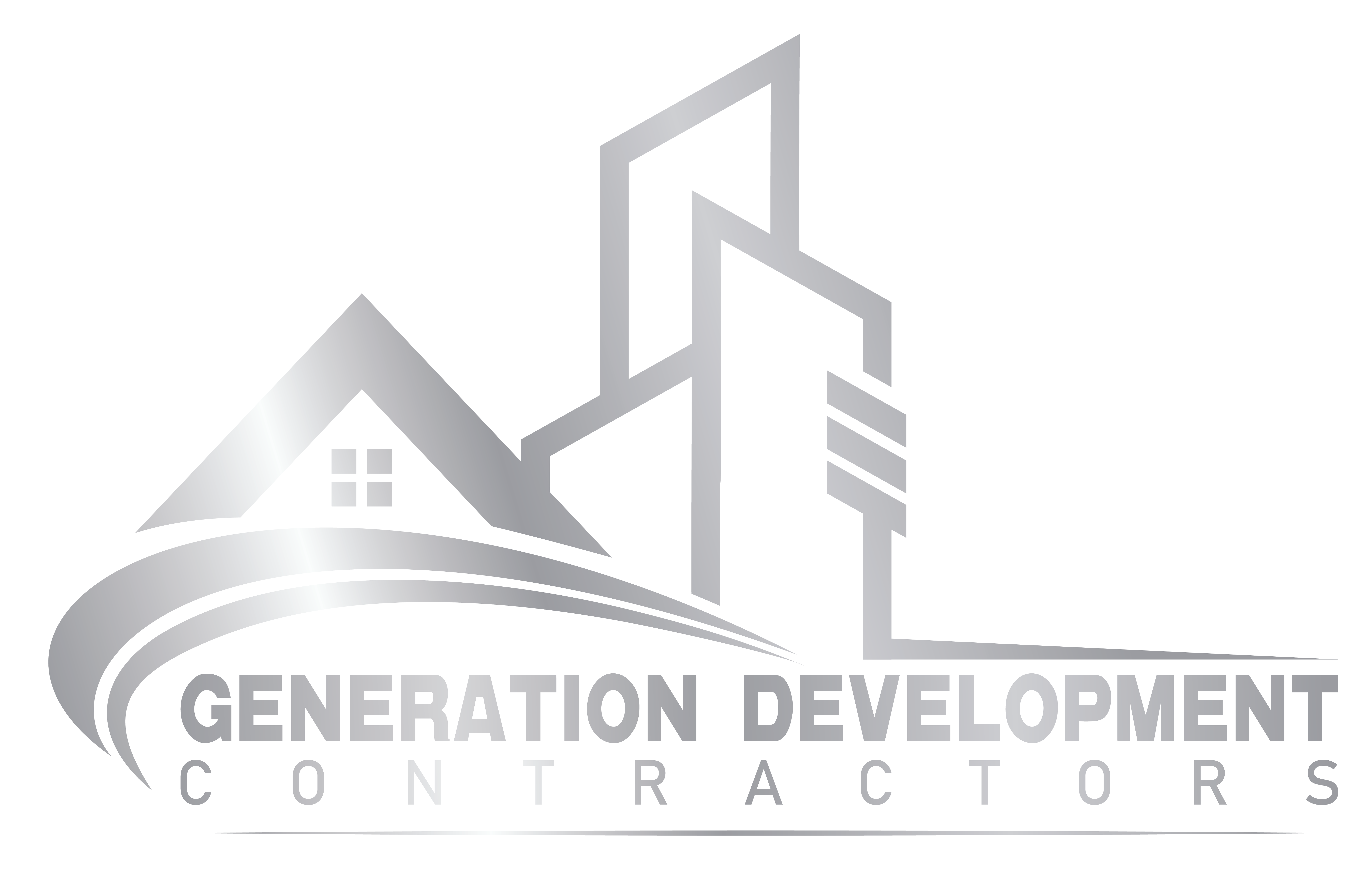Commercial development is a multifaceted process that involves careful planning, strategic decision-making, and meticulous execution. In the ever-evolving landscape of the United States, understanding the essential steps in commercial development is crucial for businesses aiming to thrive. This article will explore the key phases involved in commercial development and shed light on the trending keywords shaping the industry.
Step 1: Market Research and Feasibility Analysis
The initial phase of commercial development begins with comprehensive market research and feasibility analysis. Businesses need to evaluate the demand, competition, and potential profitability of their intended commercial project. This step involves studying market trends, conducting surveys, and analyzing economic indicators to make informed decisions.
Step 2: Site Selection and Acquisition
Once a viable commercial opportunity is identified, the next step is to carefully select and acquire the right site for the development project. Factors such as location, accessibility, zoning regulations, and infrastructure are taken into consideration during this stage. Businesses aim to secure a site that aligns with their target market and provides the necessary resources for success.
Step 3: Design and Planning
Design and planning are crucial elements in the commercial development process. This step involves collaborating with architects, engineers, and designers to create a blueprint that maximizes functionality, aesthetics, and sustainability. Compliance with building codes, permits, and regulations is also essential during this phase.
Step 4: Financing and Investment
Commercial development often requires significant financial resources. Securing financing and investment plays a vital role in transforming plans into reality. Businesses may seek funding from banks, investors, or utilize their own capital. It is essential to develop a comprehensive financial plan that encompasses construction costs, operational expenses, and potential returns on investment.
Step 5: Construction and Project Management
The construction phase is where the project truly takes shape. Hiring qualified contractors, managing timelines, and overseeing the construction process are crucial aspects of this step. Effective project management ensures adherence to quality standards, cost control, and timely completion.
Step 6: Leasing and Marketing
Upon completion of the construction phase, the focus shifts to leasing and marketing the commercial property. Developing an effective marketing strategy, showcasing the unique selling points, and targeting the right tenants or buyers are essential to maximize occupancy and profitability.
Commercial development in the United States involves a series of well-defined steps that demand meticulous planning, resource allocation, and efficient execution. By conducting thorough market research, selecting suitable sites, designing with precision, securing financing, managing construction, and implementing effective marketing strategies, businesses can navigate the commercial development landscape with confidence. Staying attuned to the trending keywords and industry dynamics allows businesses to stay ahead and make informed decisions that drive success in this competitive arena.


